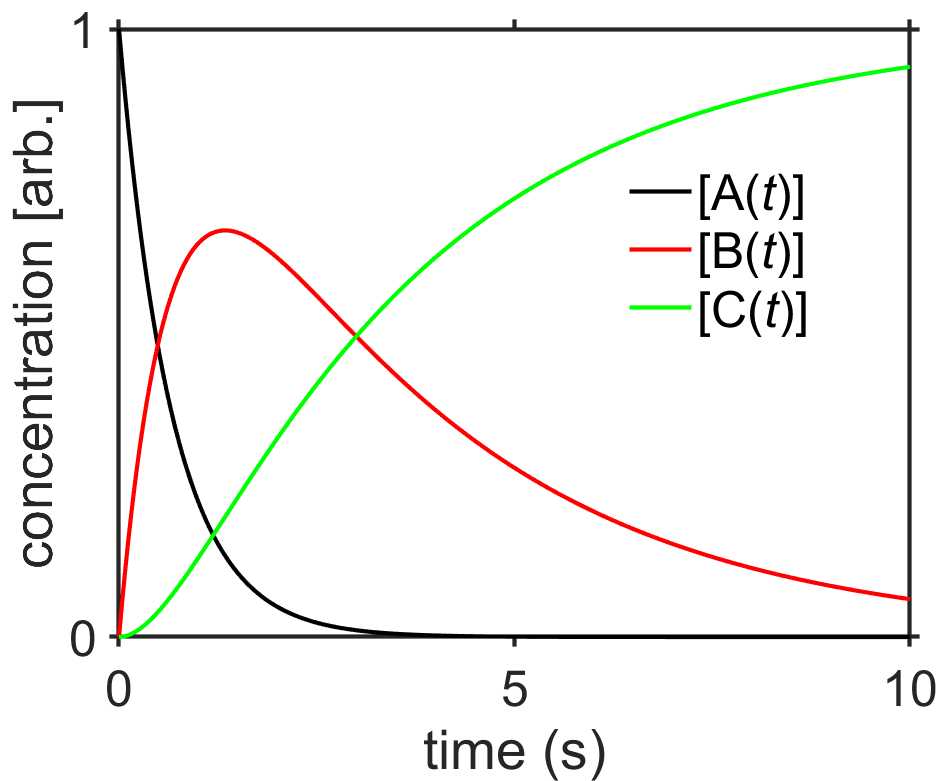1. Guide to This Web Page
Just in case these weren’t obvious, here are a few notes regarding this web page’s features.
1.1. Expandable Content
Some content will have a large “plus” symbol on the right side but will appear collapsed (hidden). You can click these to toggle the content between hidden and shown. In many cases, these contain the answers to practice problems.
corny chemistry joke
Question: What do you do with a dead chemist?
Answer: You barium.
1.2. Source Code
When source code is available for a figure or a software routine mentioned in the text, you will see a download icon and the word source like this: source. Many of these scripts have been written in MATLAB but also generally work in the open-source environment Octave. Maybe one day I’ll have time to translate these to Python.
1.3. Bibliography
This web page has been inspired by many wonderful textbooks, articles, and scientists. It includes some citations in key spots that link to references in the bibliography. Most references there have web links although many of the journal articles may require institutional access or a subscription.
1.4. Additional Appendices
There is a glossary of key terms, a math review,
1.5. This Web Page
This web page was written using Sphinx, which is Python-based, and should give good results on most browsers for computers and mobile devices. The bibliography references were managed via Zotero and exported as a bibtex file prior to the build in Sphinx. Figures were created via MATLAB, PowerPoint, or Inkscape.
